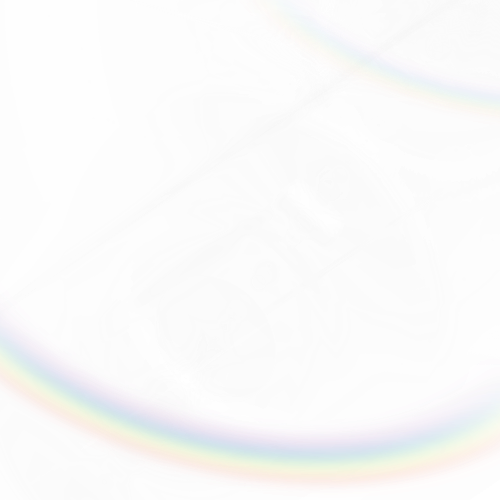Enhancing Your Home's Interior Design With Color Psychology
Imagine returning home after a stressful workday and stepping into a cozy living room of tranquil neutrals and blues. A pop of yellow and earthy green throw pillows on the sun porch sofa may be the perfect combination to lift your mood.
Color profoundly affects people's emotions, a reason why color psychology is critical in creating the ideal home atmosphere. However, design tastes and specific decorative styles are equally important. Here's what you should know about combining color psychology with interior design to elevate a comfortable space.
Color Psychology and Mood

It is little wonder why 90% of homebuyers say color influences their purchase decision. Color psychology is a cornerstone of interior design — a way to evoke what you feel or to affect your mood with different hues.
Most often, people associate the color families with the following emotions:
- Blue: Calm, sad, warm, spiritual
- Green: Serenity, therapeutic, mental clarity
- White: Light, purity, goodness, cleanliness, new beginnings
- Red: Power, war, desire, love
- Purple: Luxury, power, ambition, magical
- Orange: Energetic, joyful, sunny, creative
- Yellow: Bright, cheerful, invigorating
- Gray: Neutral, futuristic, cold
- Black: Strength, prestige, elegance, grief, evil
You might paint your living room a soothing sage green before covering your walls in deep purples or an intense blue. Of course, if you choose a dark or bold color, your association may differ from the next person's.
According to one study of 132 university students, 73% associated the color red with anger, while 39% said it reminded them of pleasure. Likewise, the study indicated shades of blue evoke emotions from sadness to relief to contentment.
Regarding interior design, your color choice matters most for creating a comfortable space. However, it is only one component — color may also appear throughout your stylistic choices. Some shades especially stand out amid your home's natural finishes.
Matching Color Psychology to Decorative Tastes
Understanding how colors in interior design affect your mood is the first step in enhancing your house's atmosphere. The next is tying different shades into your home decor. Improve your home's aesthetic and comfort by incorporating color psychology into these five popular interior styles.
Timeless Neutrals

Nothing is boring about beige. Most homeowners prefer adorning their walls with timeless neutrals, whites, and creams. The lighter the paint, the bigger and airier a room feels — especially in smaller homes.
Neutral tones also provide the perfect backdrop for accent walls and unique finishes. For instance, you can add pops of color through artwork and furniture to make your walls colorful.
Reclaimed wood is another stylish, weathered touch you can incorporate in flooring — commonly found in farmhouse-style and contemporary designs. Depending on how much salt exposure the wood endured, you could have rich shades to match any classic decorative style.
Scandinavian

If you enjoy Scandinavian design, you'll want to create a bright, airy atmosphere with warm and cool shades of white. Vibrant colors are minimal, if they appear at all. Bring your favorite colors into your home with furniture, pillows, plants, and art. Keep the colors natural and understated to create a calming atmosphere.
Scandinavian interiors pay homage to beautiful Nordic landscapes. For instance, raw wood materials are a staple of this home design, enriching a sense of coziness and warmth. You'll also want to avoid panel curtains to ensure plenty of natural light floods the space. Americans stay indoors 90% of the time, missing out on the benefits of being outside in the sunshine.
Midcentury Modern

Do you gravitate toward olive green, terra cotta, yellow gold, turquoise, and Cherokee red? The midcentury design may be your preferred decor choice.
Midcentury modern design embraces clean lines, sleek silhouettes, functional furnishings, natural wood, and bold and organic colors. Blue and orange complement each other — bringing a bright but calming energy to a space.
You might even opt for muted sage, pastels, brown, and black for high-end luxury and drama. Of course, while black walls may feel like a warm hug, some people associate it with negativity and death — slowly filling your home with this color is best.
Modern

Like midcentury modern, modern or contemporary design emphasizes sleekness and clean lines. However, you might find fewer decorative items than you would in other home designs. This interior style leans into simplicity and functionality instead.
You will see white, gray, and black throughout modern homes. Yet, you may break it up with colorful furnishings, abstract artwork, and decorative pieces.
Accents like royal blue, bright yellow, and firetruck red tend to be bolder choices in these homes. Feel free to include sparkly metallics for a creativity boost and extra sophistication.
Bohemian

Few home interior styles allow you to dive into color psychology as well as bohemian or boho does. Free-spirited hues reminiscent of world travels should create a sense of wanderlust, whimsy, and creativity in your house.
Break up a white kitchen with a bright turquoise-painted island and brass hardware. Add a bouquet of fuchsia flowers, and you'll think you've stepped onto Mykonos.
Layering is also a foundation of boho, so you'll want to fill your home with eclectic furnishings, textiles, patterns, handmade items, and antiques. As for paint and decor, mix and match jewel tones, earthy shades, pastels, and culturally inspired colors like indigo, plum purple, dusty rose, and olive green.
Gold lanterns, rattan chandeliers, and natural wood also infuse your rooms with warmth and comfort.
Color and Decor: Putting it All Together

Using interior design color psychology to elevate your home's atmosphere requires a strategic design approach. Professionals often use the 60-30-10 rule to balance the amount and type of color they bring into each room. For instance, 60% of the room is of the dominant color, while 30% and 10% are secondary and accent colors, respectively.
Playing with artificial and natural lighting is another way to enhance a space, as it can change your home's color tone and mood.
Consider buying paint samples to see what colors look like beforehand. It is helpful to play with combinations and decorative styling before committing to any design decision.
Color combination is crucial in any living space, delivering a foundation to tie in other hues and finishes. However, you should personalize however you feel fit to create a unique space.
Elevate Your Home's Design With Color
Interior designers have long turned to color psychology to match homeowners' emotions to a room's atmosphere. However, using the right shades also elevates decorative tastes. Discover different shades of your favorite colors and style preferences to create the perfect home environment.
Unleash the boundless potential of color psychology in your home with the DecorMatters app. Immerse yourself in a world of virtual decorating, where a wealth of colors and styles are at your fingertips, empowering you to explore and envision your ideal living space. Download DecorMatters today and unlock the creativity of interior design, turning your home into an exquisite canvas of comfort and style.
UP NEXT: 10 Eye-Catching Colors to Transform Your Home Decor Today


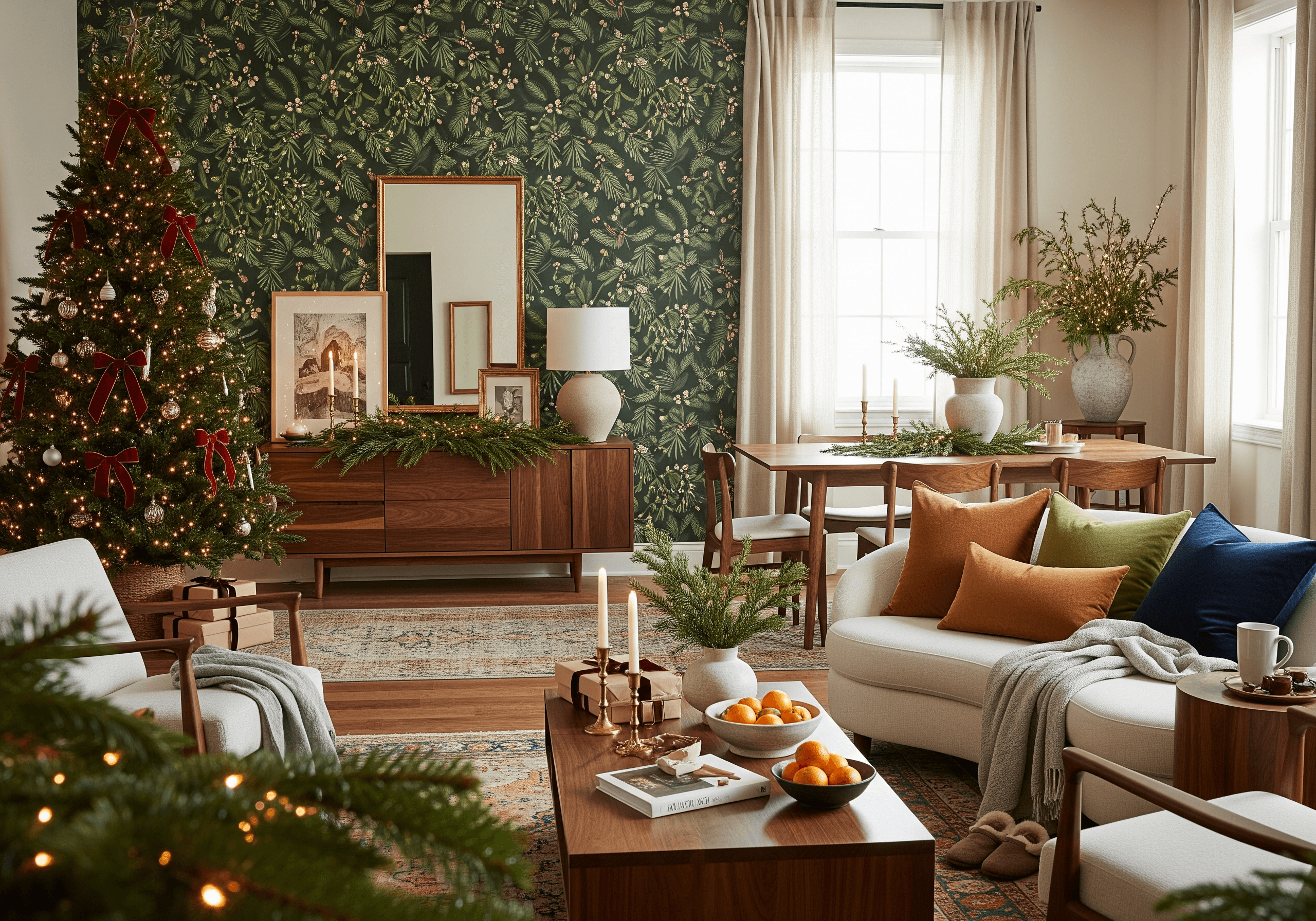
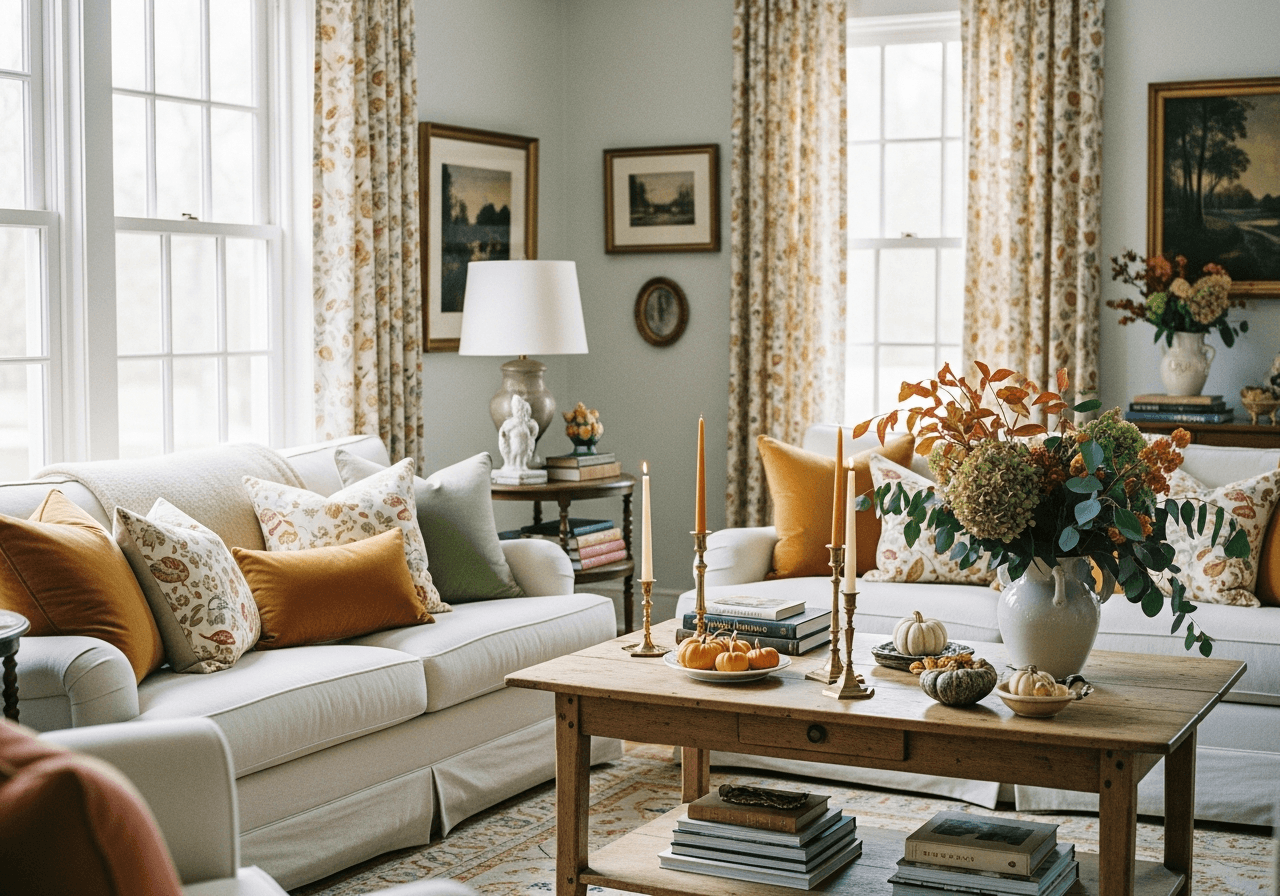


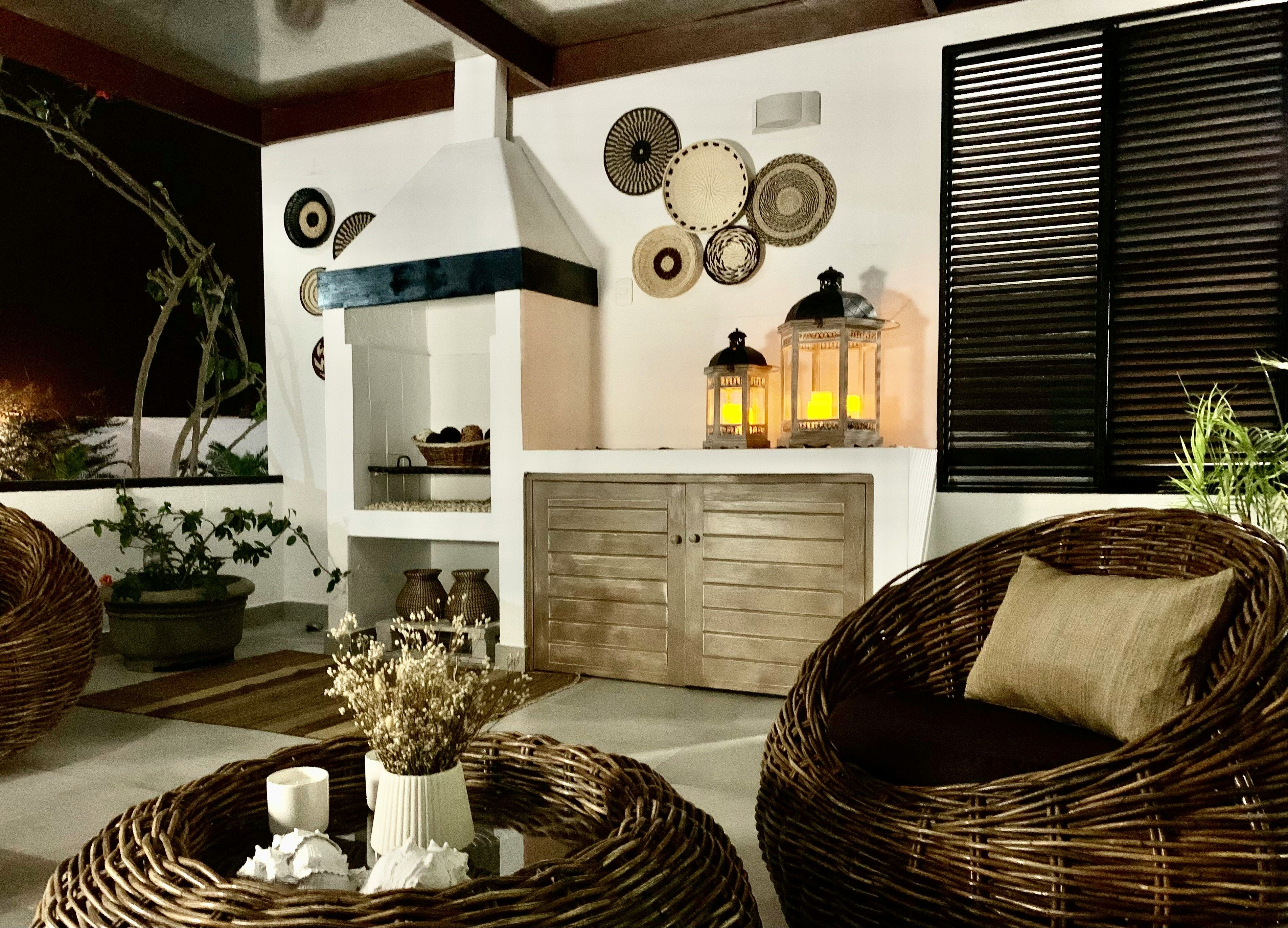


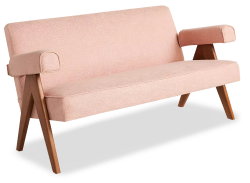


 20h left
20h left

